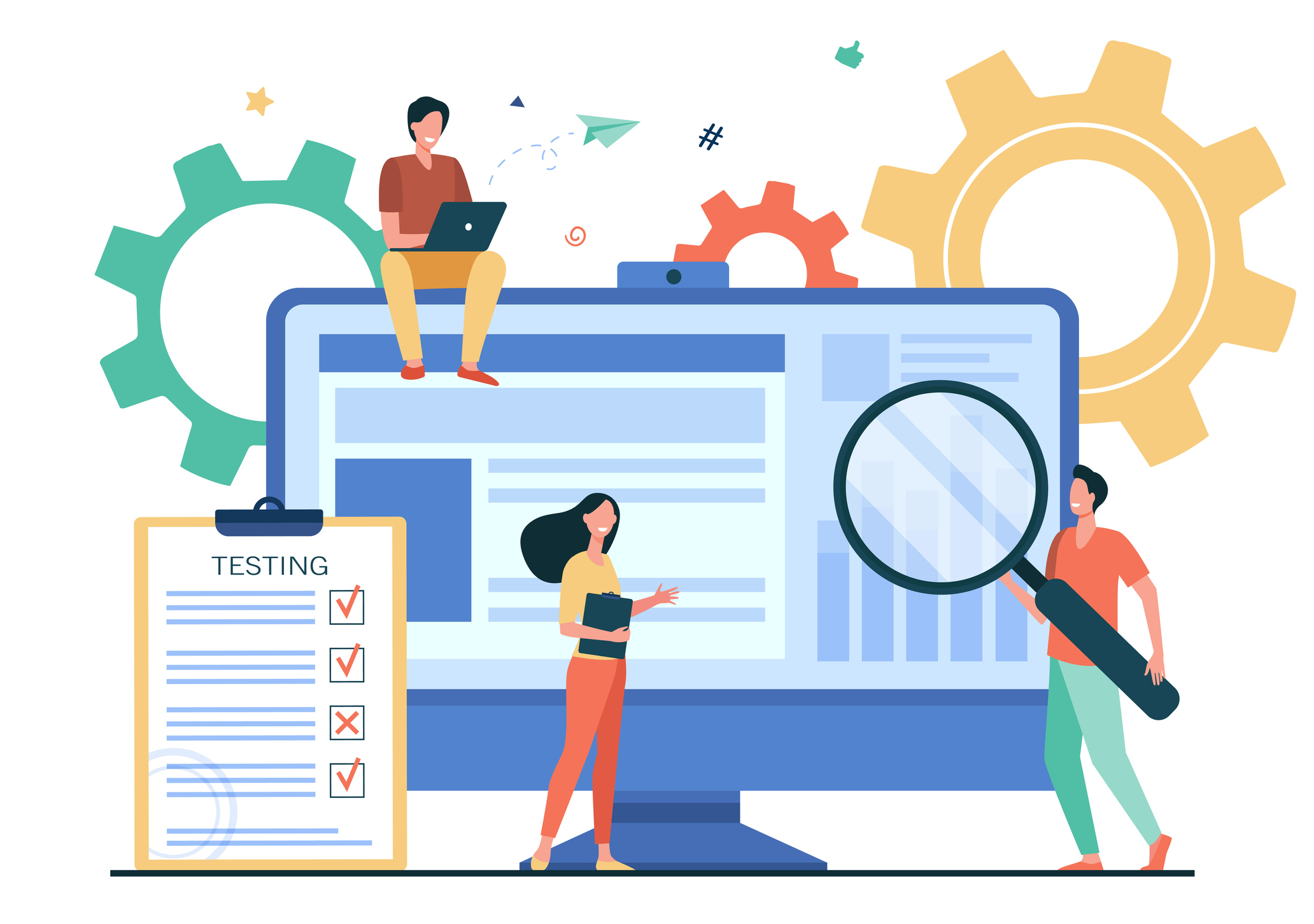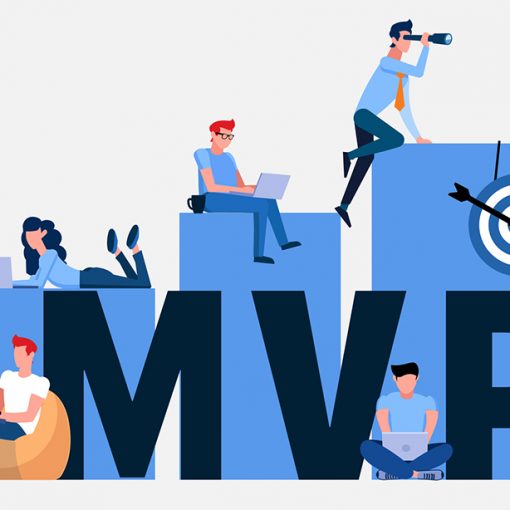This week you will go beyond interviews and simple sketches and work on creating rapid prototypes of your solution, and to develop ways to test it quickly with your end users.
Before we begin: Full Module 3 is released
Following are some resources that will help you accelerate your progress this week.
- Be sure to complete your weekly retrospective and planning ritual. This is an important weekly self-accountability practice that will help you stay on track.
- The full Module 3 of the learning center is live! Have a look at the last two sections – building and testing your MVP.
- Knowledgebase section on MVP Testing and product-solution fit: This section of our searchable knowledgebase provides practical guidelines to the discipline of MVP and hypothesis testing and lean experimentation.
MVP, take 1: Non-functioning “products”
When first time entrepreneurs first learn about Lean Startup and the concept of the Minimum Viable Product (MVP), they often read the words naively and assume the “product” stands for Version 1 of a saleable product that can take months or years to build. That is absolutely not the intent of the original inventor of the concept.
According to Eric Ries, Author of Lean Startup and the original inventor of the term:
“A Minimum Viable Product is that version of a new product which allows a team to collect the maximum amount of validated learning about customers with the least effort.” – Eric Ries, 2009
What that means is that a MVP could be very early concept descriptions of the solution that neither looks like nor works like the intended product. Some examples of testable MVPs include:
- A verbal description
- A napkin sketch
- A one-page product definition
- A landing page
- A slideshow pretending to be an app
- A wireframe mockup of a website
- A cardboard or foam model of a physical product
- A foam or 3d printed model of a physical product
- …
The value in testing these ideas with customers before moving forward with rapid prototyping is that it minimizes the elapsed time to first contact with customer. As Professor Steve Blank from Stanford often says, “no business survives first contact with the customer”. You will for sure gain critical insights that will affect everything that you do moving forward. The key is to make the least possible investment to build the smallest possible thing (again, it can be a napkin sketch) so you can get to the testing phase as quickly as possible.
MVP, take 2: Rapid prototyping
Let’s say you did the above and you now have first level validation that you are on the right path, and the customer is intrigued by what you are offering. Sometimes they will need to experience the solution in order to give you the next level of data about whether you have solved their problem, whether they will buy your solution and how much they are willing to pay. This is where rapid prototyping comes in.
Rapid prototyping for hardware often means building a nonworking or minimally working prototype from cardboard or foam, or 3d printed parts. There are many other processes to rapidly create small lots of parts. This means they do not yet need to contact manufacturers when they are in early stages of product design and development. Formlabs has a really excellent article about this. Generally speaking, early stage hardware entrepreneurs are looking at small quantities (<100) and that is typically considered prototyping quantities. When you get beyond those types of quantities, Professor Elaine Chen of the Derby Entrepreneurship Center at Tufts has a four-post series on her blog that explains how a hardware startup can scale up to make 1000-2000 units per lot.
Rapid prototyping for software could involve nonworking clickable prototypes that simulate the user experience and workflow as the end user is interacting with their solution. For example: you can create a wireframe of a website or an app and use it to talk to potential users about the flow of the solution. You can create a series of images sized for your phone and simply swipe from one image to the next to simulate a native app. If you want it to be a bit more functional, you can use no-code platforms like Wix or Squarespace to create a responsive website that has a mobile version to simulate the experience of a native mobile app. You can string together other solutions such as Airtable to create a functional prototype that does not look like the final product to see if the user can get the job done through their entire workflow. The possibilities are endless.
Testing your solution with humans
Once you have some rapid prototypes you are ready to test with humans. Giff Constable, author of the excellent book “Talking to humans” on customer research and development, has a follow-on book called “Testing with humans” that provides an excellent guideline to the discipline of lean experimentation. The book covers the following topics.
- Why run experiments?
- When to test the business versus the product?
- What makes a good experiment?
- How do you turn experiments into decisions and actions?
- How can we bring experiments into our business culture?
Bruno Pesec has a really excellent article that provides a step by step guide to designing and running lean experiments. Read the article here.
Month 1 recap: How is your venture doing?
As you approach the end of the first month in the accelerator, it is time to pause and look at all that you have accomplished in the past month – and give yourself a pat on the back for your progress. With your team, it is good practice to conduct a month-end retrospective. This is a ritual borrowed from the Agile software development process and gives you a structured way to reflect on the past and plan or the future. The most common format for a team retrospective involves getting together and thinking about three things:
- What went well?
- What could have gone better?
- What might we do differently next time?
Download a template for the retrospective ritual to guide you through this discussion.
Thank you all,
Tina, Elaine, Adolfo and the Derby Entrepreneurship Center team




